Anahtar Kelimeler:NVIDIA Nemotron Nano 2, Claude Opus 4.1, Yapay zeka yetenek maaş savaşı, Google AI dil dijitalleştirme, Yapay zeka sağlık yönetimi, Yapay zeka destekli programlama, Yapay zeka istihdam etkisi, Yapay zeka çocuk bakımı uygulamaları, Hibrit Mamba-Transformer mimarisi, LMArena model değerlendirmesi, Project Vaani ses verisi, Dijital akıllı gelecek mutfak laboratuvarı, Codex CLI Rust yeniden yazımı
🔥 Spotlight
NVIDIA Nemotron Nano 2 Released: NVIDIA released the Nemotron Nano 2 series of AI models, whose 9B hybrid Mamba-Transformer architecture maintains high accuracy while achieving 6x faster inference throughput than models of comparable size. The model supports a 128K context length and open-sourced most of its pre-training data, including high-quality web, math, code, and multilingual Q&A data. This release aims to provide efficient, scalable AI solutions, lower the barrier to enterprise deployment, and promote the development of the open-source AI ecosystem. (Source: Reddit r/LocalLLaMA)

Claude Opus 4.1 Tops LMArena Leaderboard: Claude Opus 4.1 has surpassed other models to claim the top spot in LMArena’s standard, reasoning, and Web development categories. Users report improvements in its micro/macro approaches, particularly in its “think for a moment, maybe XYZ is better” decision-making pattern. Although some users find it expensive or underperforming in certain scenarios, its capabilities in programming and complex task handling are widely recognized, demonstrating Anthropic’s continuous progress in model performance. (Source: Reddit r/ClaudeAI)

AMD CEO Lisa Su’s View on the AI Talent Salary War: AMD CEO Lisa Su publicly stated her opposition to companies like Meta offering annual salaries of hundreds of millions of dollars to poach AI talent in the ongoing AI talent war. She believes that while competitive compensation is fundamental, the true key to attracting top talent lies in a company’s sense of mission and allowing employees to feel their actual impact on the company, rather than just being a cog in a machine. She emphasized that excessively high salaries can damage company culture and noted that AMD’s success is a result of team effort, not reliance on a few star employees. (Source: 量子位)

Google AI Advances Digitization of 2300 Asian Languages: Google is addressing the “digital silence” of Asian languages through multiple AI projects. Project Vaani, in collaboration with the Indian Institute of Science, has collected nearly 21,500 hours of speech data covering 86 Indian language variants, making it freely available. Project SEALD, in partnership with AI Singapore, is building the Aquarium database for 1,200 Southeast Asian languages. Additionally, Google’s AI translation system CHAD 2 (powered by Gemini 2.0 Flash) has helped Japan’s Yoshimoto Kogyo achieve 90% accuracy in translating comedy content, reducing translation time from months to minutes. (Source: 量子位)
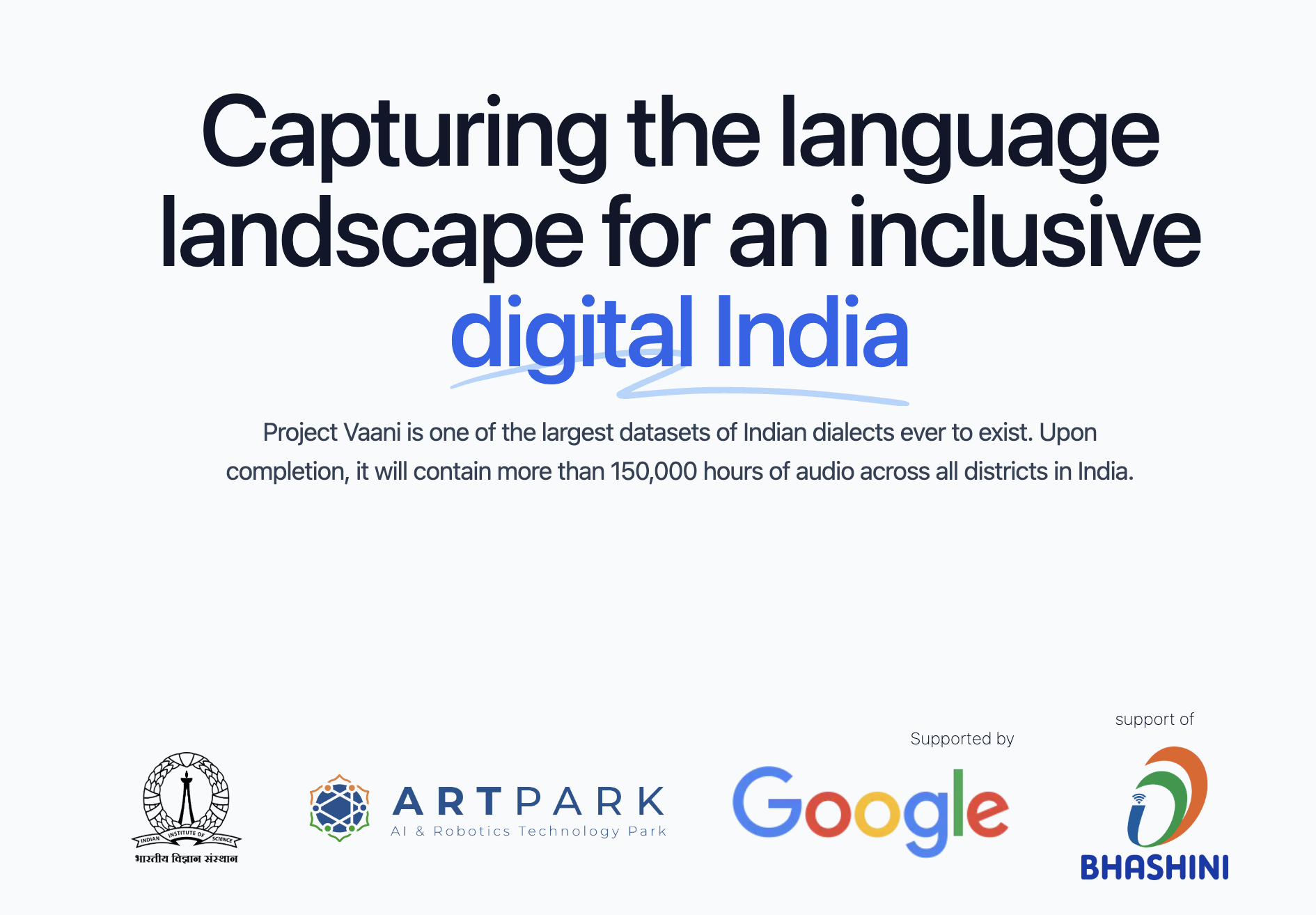
🎯 Trends
Innovative AI Applications in Healthcare: Yunpeng Technology, in collaboration with Shuaikang and Skyworth, unveiled the “Digital Future Kitchen Lab” and smart refrigerators equipped with AI health large models. The AI health large model optimizes kitchen design and operations, while smart refrigerators provide personalized health management, marking a breakthrough for AI in daily health management. This release demonstrates AI’s potential in daily health management, enabling personalized health services through smart devices, which is expected to drive the development of home health technology and improve residents’ quality of life. (Source: 36氪)

AI’s Disruption and Opportunities in Traditional Industries: Duolingo achieved revenue growth by embracing AI, but the ability of models like GPT-5 to directly generate language learning tools poses a challenge to its stock price, highlighting AI’s disruptive impact on existing business models. Meanwhile, Goldman Sachs believes AI will be a force multiplier for the software industry, not a disruptor, and traditional SaaS giants can maintain competitiveness through hybrid AI strategies and deep moats. This indicates that AI is both a challenge and an opportunity to drive industry transformation and create new value. (Source: 36氪, 36氪)
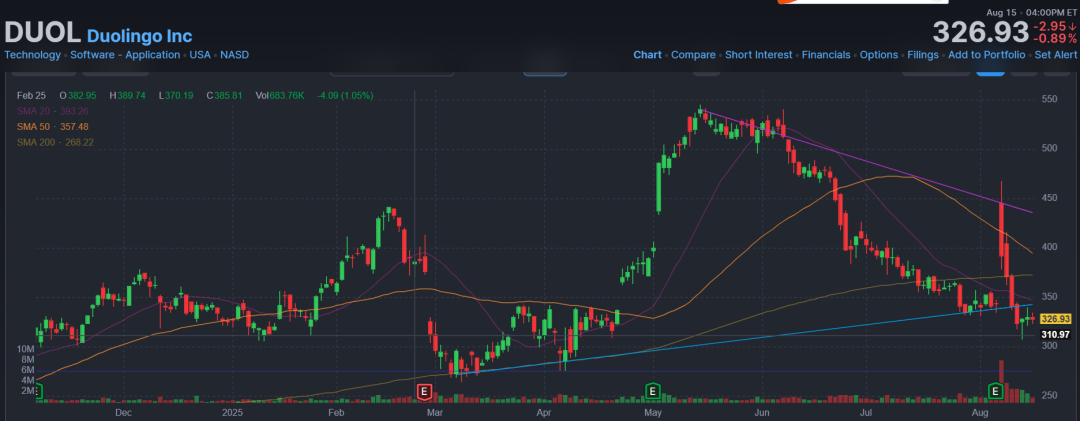
AI Talent Market Dynamics and Career Development: xAI co-founder Igor Babuschkin left to establish a venture capital firm focused on AI safety research, aiming to find “the next Elon Musk”; Kevin Lu, the Chinese lead for OpenAI’s GPT-4o mini, joined Mira Murati’s Thinking Machine Lab, emphasizing the importance of internet data for AI progress. Demand for AI positions is strong in the industry, but small and medium-sized enterprises struggle to recruit, top talent is fiercely contested, ordinary graduates face intense competition for jobs, and the value of AI PhDs is questioned, highlighting structural imbalances in AI talent supply and demand, as well as career transition challenges. (Source: 36氪, 36氪, 36氪, 36氪, 36氪)
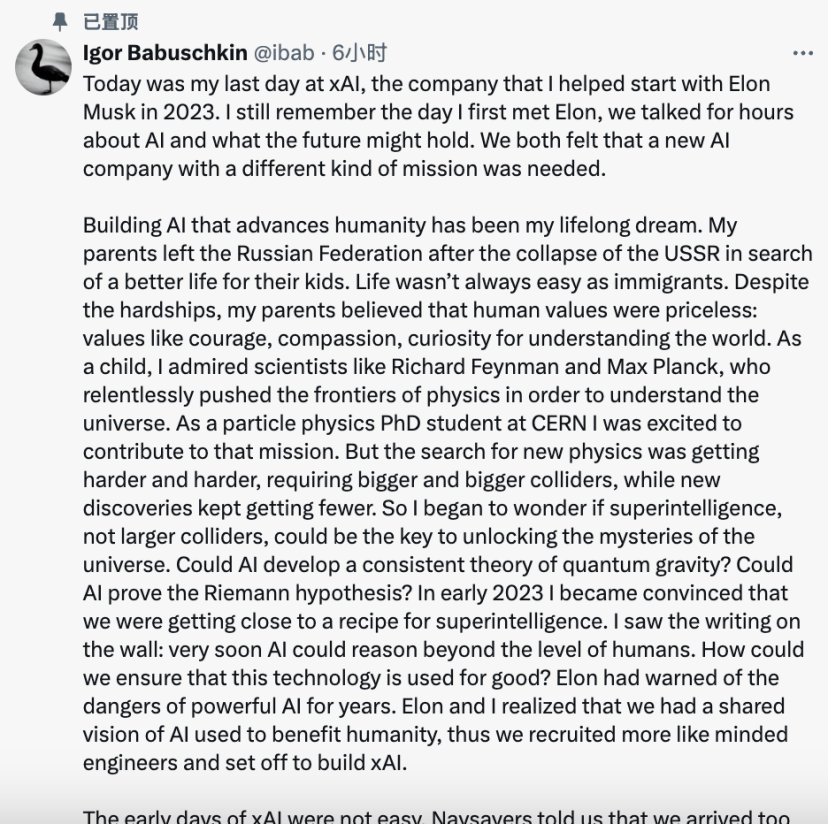
AI Investment and Infrastructure Development: Google and Meta’s financial reports show that market skepticism about AI capital investment has turned into excitement, with AI significantly driving online advertising and cloud service revenue growth. Google significantly raised its capital expenditure forecast to $85 billion, primarily for servers and data centers. Elon Musk’s highly anticipated Tesla Dojo supercomputer project was disbanded, with the company instead spending heavily on NVIDIA AI chips, confirming that in the AI era, vertical integration faces challenges from platform ecosystems, and collaboration with industry giants is more pragmatic. (Source: 36氪, 36氪)
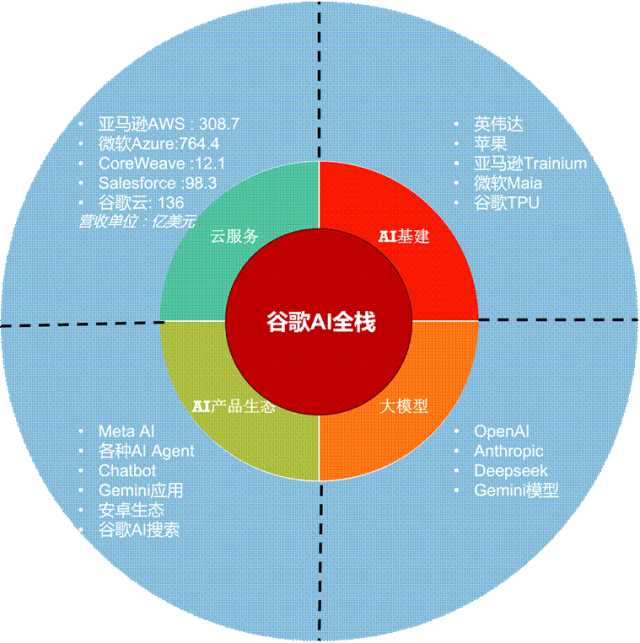
Embodied AI and Robot Commercialization Accelerate: Qinglang Intelligence CEO Li Tong emphasized that robot commercialization requires addressing customer pain points to achieve “job-based” replacement, with over 100,000 of their commercial robots already sold. Yufan Intelligence, an 11-year visual AI company, launched the spatial cognition large model Manas and a quadruped robot dog, fully embracing embodied AI and emphasizing full-stack self-R&D of “intelligence + hardware.” Major companies like JD, Meituan, and Alibaba are increasing their investments in the robotics sector, covering sensors, dexterous hands, humanoid robots, etc., aiming to reshape fulfillment efficiency and user experience, and drive robots into more consumer scenarios. (Source: 36氪, 36氪, 36氪)
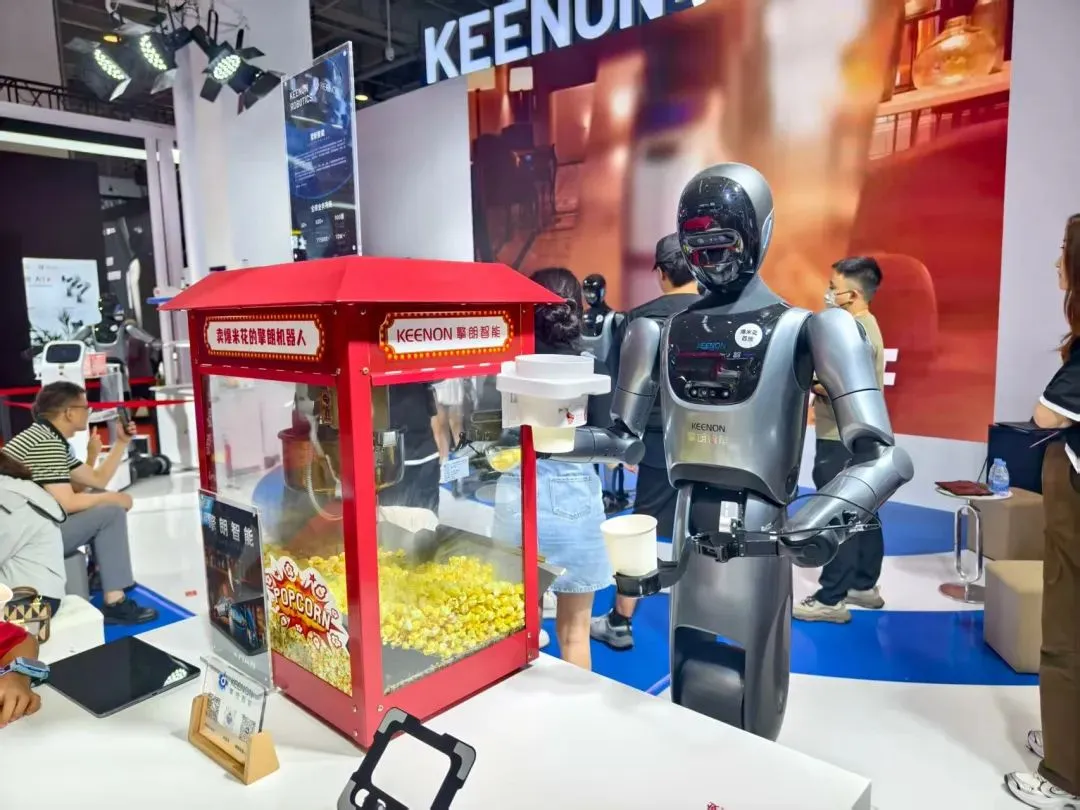
New Trends in AI for Content Creation and User Experience: A founding member of Douyin’s team launched the “Shumei Wanwu” platform, utilizing AI tools to lower the barriers for creative design and product monetization, connecting AI creativity to physical production. Meitu Inc. is seeking growth through its AI Agent product RoboNeo, with an increased revenue share from its imaging and design products and significant growth in overseas users. The AI trendy toy “AI Labubu” has gained popularity, combining a trendy toy appearance with AI conversational capabilities to provide emotional value. These cases demonstrate the rapid development of AI in consumer-grade applications such as content generation, creative monetization, and emotional companionship. (Source: 36氪, 36氪, 36氪)
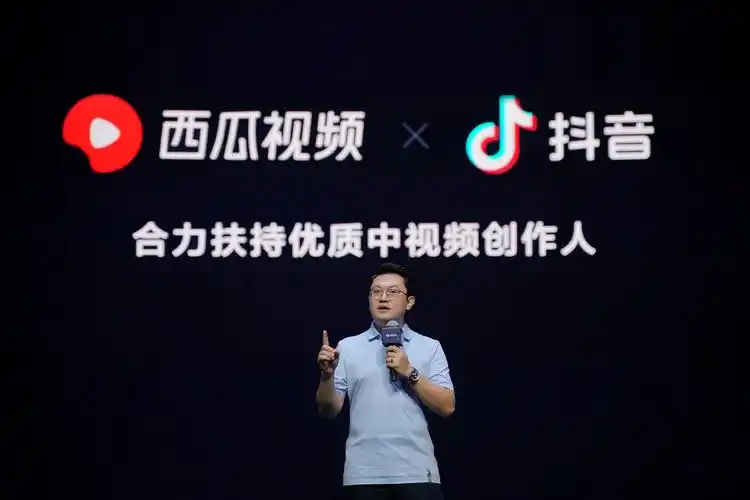
AI’s Profound Impact on the Job Market: Microsoft research, based on Copilot data, indicates that AI can support tasks like research, writing, and communication, but cannot fully replace all tasks within a single profession. Professions involving language and content creation, such as journalists and translators, are most affected by AI, but AI may also enhance efficiency rather than directly replace jobs, similar to the impact of ATMs on bank tellers. AI assistants are like “talkative interns,” strong in explanation but lacking proactive problem-solving abilities. (Source: 36氪)
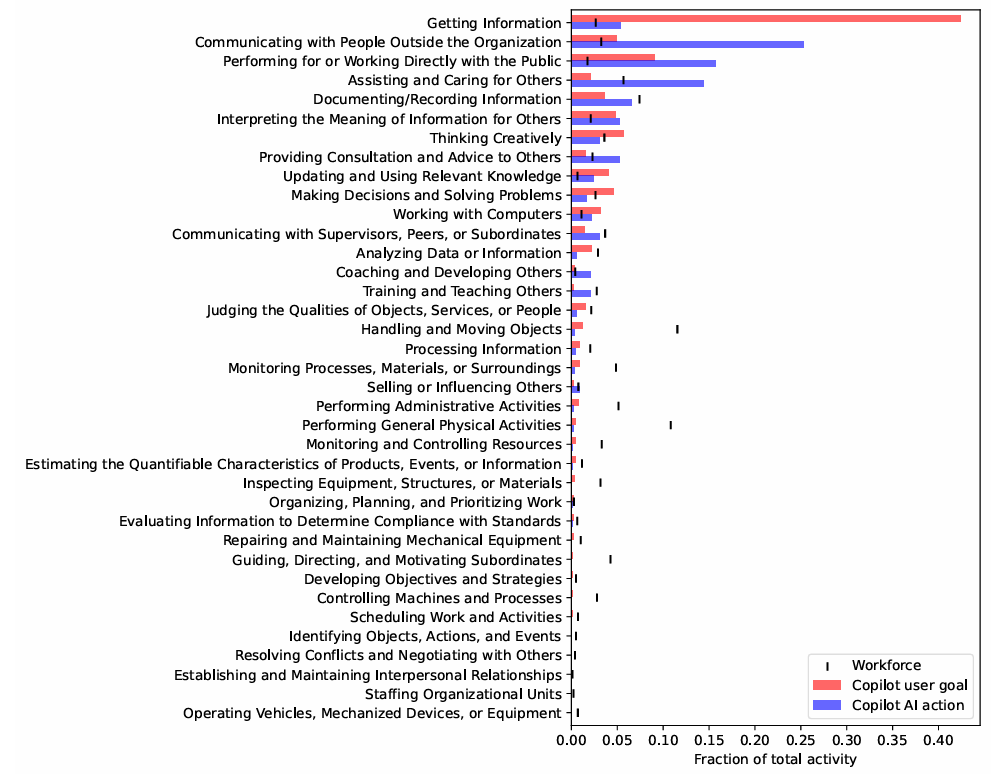
AI’s Commercial Potential in Parenting: AI is quietly entering the infant sleep monitoring field, with apps like Huckleberry analyzing baby care logs to accurately predict sleep rhythms, providing a sense of “predictable” control and achieving monthly revenues of tens of millions of dollars. These products combine AI nanny features, meeting parents’ needs for efficient record-keeping and emotional value, becoming “gold mines” in both low-cost software services and high-cost AI hardware pathways. (Source: 36氪)

🧰 Tools
AI-Assisted Programming and Development Tools: OpenAI’s new Codex CLI, rewritten in Rust and integrated with GPT-5, offers faster interaction speeds and powerful coding capabilities, making it a strong competitor to Claude Code. LangChain released a JavaScript version of Deep Agents, supporting multi-agent system construction. Replit Agent is exploring support for Python Notebook and Godot game engine development. VS Code Insiders supports OpenAI compatible endpoints and integrates Playwright for UI automation testing. (Source: doodlestein, hwchase17, amasad, pierceboggan)

AI Applications in Office and Content Creation: Paradigm launched an AI-native spreadsheet, aiming to eliminate repetitive work. Huxe added AI features to parse unread news emails. Gemini API now supports a URL context tool, capable of directly fetching and processing web pages, PDFs, and image content. AI tools like Aleph and RunwayML are revolutionizing video manipulation, enabling video content to be edited like text. Meitu’s RoboNeo, the commercialization of AI Shan Hai Jing characters, and AI-assisted novel creation systems demonstrate AI’s potential in creative generation and content monetization. (Source: hwchase17, raizamrtn, jeremyphoward, c_valenzuelab, Reddit r/artificial)

LLM Performance and Evaluation Tools: Claude Opus 4.1 performed exceptionally well in LMArena’s coding, Web development, and other domains. Datology AI introduced the BeyondWeb synthetic data method, emphasizing the importance of high-quality synthetic data in model pre-training, which can enhance the performance of smaller models. The NVIDIA Nemotron Nano 2 model adopts a hybrid Mamba-Transformer architecture, excelling in math, code, reasoning, and long-context tasks, and supports inference budget control. (Source: scaling01, code_star, ctnzr)

AI Agents and Automation: The NEO AI4AI agent achieved SOTA results on MLE Bench, capable of autonomously performing ML engineering tasks such as data preprocessing, feature engineering, model experimentation, and evaluation. LangChain’s Deep Agents are implemented in JavaScript, supporting complex problem-solving and tool invocation. Reka Research provides AI-driven deep research services, capable of synthesizing answers from multi-source information. (Source: Reddit r/MachineLearning, hwchase17, RekaAILabs)

AI Image and Video Editing Models: Qwen-Image-Edit has been released, based on 20B Qwen-Image, supporting precise text editing in both Chinese and English, advanced semantic editing, and low-level appearance editing, applicable for cartoon production. Higgsfield AI offers Hailuo MiniMax 02 for Draw-to-Video, supporting high-quality 1080p generation. (Source: teortaxesTex, _akhaliq)

LLM API and Cost Management: Claude launched its Usage and Cost API, providing near real-time model usage and cost visibility to help developers optimize token efficiency and avoid rate limits. OpenRouter displays LLM market prices and cached prices on its model page. (Source: Reddit r/ClaudeAI, xanderatallah)

📚 Learning
AI Learning Resources and Methods: Andrew Ng emphasized that universities should fully embrace AI, not just by teaching AI, but by using AI to advance all disciplines. DeepLearning.AI released a new e-book by Andrew Ng, providing an AI career roadmap. GPU_MODE and ScaleML will host a summer lecture series, sharing algorithmic and system advancements of gpt-oss. The Reddit community discussed deep learning introductory books, FastAPI model deployment, CoCoOp+CLIP implementation, and how to optimize model training cycles (e.g., choosing the optimal number of epochs). (Source: AndrewYNg, DeepLearningAI, lateinteraction, Reddit r/deeplearning, Reddit r/deeplearning)

AI Talent Development and Career Paths: The Reddit community discussed whether AI engineers must be mathematicians, and how to enter the deep learning field through self-study or a master’s degree. At the same time, some argue that the AI era emphasizes “context engineering” more than “prompt engineering,” requiring a more comprehensive understanding of LLM application development. (Source: Reddit r/deeplearning, Reddit r/MachineLearning)

LLM Training Data and Model Optimization: Reddit discussed how to identify and correct factual errors in LLM training data, and current best practices for data validation and correction. The progress of DeepSeek R2 has garnered attention, with discussions on whether pre-training has reached a bottleneck and the importance of multimodal unified representations for world models. (Source: Reddit r/deeplearning, 36氪)

AI Research Progress and New Architecture Exploration: Simons Foundation partnered with Stanford HAI to explore the physics of learning and neural computation, aiming to understand the learning, reasoning, and imagination of large neural networks. AIhub released its list of ML/AI seminars for August. Reddit discussed the value of small language models (SLMs) and local AI, questioning whether an excessive pursuit of model scale stifles AI innovation, and suggesting that the Transformer architecture is not the only path, encouraging exploration of other efficient architectures. (Source: ylecun, aihub.org, Reddit r/MachineLearning)

CUDA Kernel Development and Deployment: Hugging Face released the kernel-builder library, simplifying local development, multi-architecture building, and global sharing of CUDA kernels, supporting their registration as native PyTorch operators and compatibility with torch.compile, enhancing performance and maintainability. (Source: HuggingFace Blog)

Multimodal Models and World Model Research: Hugging Face Daily Papers published several cutting-edge research papers, including: 4DNeX (the first feed-forward framework for generating 4D scenes from a single image), Inverse-LLaVA (eliminating alignment pre-training through text-to-vision mapping), ComoRAG (cognition-inspired memory organization RAG for long narrative reasoning), as well as a survey on efficient LLM architectures and Matrix-Game 2.0 (a real-time streaming interactive world model). (Source: HuggingFace Daily Papers, HuggingFace Daily Papers, HuggingFace Daily Papers, HuggingFace Daily Papers, HuggingFace Daily Papers)
Vision Foundation Model DINOv3: Meta AI’s DINOv3, as a next-generation vision foundation model, is trained purely with self-supervised learning, successfully scaled to 7B parameters, and surpassed weakly-supervised and supervised baselines in tasks such as segmentation, depth estimation, and 3D keypoint matching. Its Gram Anchoring technique addresses dense feature quality issues during long-term training and can be applied to specialized fields like satellite imagery. (Source: LearnOpenCV)

💼 Business
OpenAI Launches ChatGPT Go Subscription Plan in India: OpenAI launched a new low-cost subscription tier, “ChatGPT Go,” in India, priced at 399 Indian Rupees (approximately $4.7 USD) per month. The plan offers 10x higher message limits, image generation, and file uploads compared to the free version, along with 2x memory length, and supports UPI payments. This move aims to expand its user base in the Indian market and meet local demand for more economical and efficient AI services. (Source: openai, kevinweil, snsf)
AI Accelerates Enterprise Transformation and Job Market Impact: A CEO laid off 80% of staff due to employees’ refusal to rapidly adopt AI, sparking discussions on employee adaptability during AI transformation. Concurrently, the emergence of high-paying AI-related positions (e.g., MLOps engineers, AI research scientists) indicates that AI is reshaping the traditional data science field. While AI can boost productivity, businesses need to build real value around AI, rather than solely relying on the technology itself. (Source: Reddit r/artificial, Reddit r/deeplearning, Reddit r/artificial)

AI Company Valuations and Competitive Landscape: OpenAI’s annualized revenue has exceeded $12 billion, with a valuation of $500 billion, while Anthropic’s annualized revenue is $4 billion, with a valuation of $170 billion, indicating a continuous surge in the valuations of AI foundation model companies. Google may sell TPUs externally by 2027, challenging NVIDIA’s leading position in the AI chip market. Meanwhile, AI startup Lovable achieved over $100 million in ARR within 8 months of launch, demonstrating the immense potential of the AI-driven website and application builder market. (Source: yoheinakajima, Justin_Halford_, 36氪)
🌟 Community
The Future of Synthetic Data and Pre-training: Datology AI’s BeyondWeb method has been widely discussed, emphasizing that pre-training data is facing a “data wall,” and high-quality synthetic data can effectively improve the performance of smaller models, even surpassing larger ones. The community hotly debated whether synthetic data would lead to model “degradation” or “hype,” but it is generally believed that well-designed synthetic data is key to breaking through data bottlenecks. (Source: code_star, sarahookr, BlackHC, Reddit r/MachineLearning)

AI Model Performance and User Experience: Claude Opus 4.1 topped multiple LMArena leaderboards, performing exceptionally well in coding and Web development. However, the release of GPT-5 sparked user calls for “bring back GPT-4o” due to its “cold” interaction style, highlighting users’ demand for AI’s emotional and empathetic capabilities. At the same time, some argue that an excessive pursuit of scale in AI models might stifle innovation, and that small models and local AI have immense development potential. (Source: scaling01, Reddit r/ClaudeAI, Reddit r/ClaudeAI, Reddit r/MachineLearning)

Discussions on AI’s Impact on Employment and Careers: Social media buzzed with discussions on whether AI will “take jobs” and the distinction between “AI engineers” and “prompt engineers.” Some argue that AI will drive career transformation rather than complete replacement, and that future roles will require greater adaptability and problem-solving skills. Meanwhile, AI’s “toxic positivity” or “sycophantic” training has caused user dissatisfaction, with some believing it lacks authenticity and critical thinking. (Source: jeremyphoward, Teknium1, Reddit r/ClaudeAI, Reddit r/ArtificialInteligence)

AI Community Events and Exchanges: LangChain partnered with Grammarly, Uber, and others to host offline meetups on multi-agent systems and LangGraph applications. The Hugging Face community discussed Japanese AI model releases, kernel sharing, and tools like AI Sheets. Weights & Biases hosted a Code Cafe event, encouraging developers to build and share AI projects on-site. (Source: LangChainAI, ClementDelangue, weights_biases)

Philosophical Discussions on AI Safety and Ethics: The community discussed deep AI safety issues such as whether AI can adjust its own goals and whether intelligence inevitably leads to a desire for dominance. Some argue that AI safety is an engineering problem that can be solved through design. Concurrently, there are concerns about the risks of AI model “hallucinations” in enterprise scenarios and the possibility of AI flooding information channels with low-quality services. (Source: Reddit r/ArtificialInteligence, BlancheMinerva, Ronald_vanLoon)

Discussions on AI Hardware and Infrastructure: Social media discussed the importance of AI UX in AI infrastructure, as well as the performance and energy consumption of AI chips. Some argue that NVIDIA’s advantage lies in its ecosystem beyond GPUs, and that Google TPUs may be sold externally in the future. (Source: ShreyaR, m__dehghani, espricewright)

💡 Other
AI Applications in Finance: A study demonstrated how to train a small (270M parameter) Gemma-3 model to achieve a financial analyst’s “thinking” pattern through supervised fine-tuning and GRPO (Group Relative Policy Optimization), capable of outputting verifiable structured results. This indicates that small models can also achieve intelligent reasoning in specific domains, with lower costs and latency. (Source: Reddit r/deeplearning)

Voice Data Analysis and Separation: The Reddit community discussed how to cluster vocals in songs to identify different artists. It was suggested to use Mel-frequency Cepstral Coefficients (MFCCs) for speech feature extraction and process them using Python libraries like Librosa or python_speech_features. Additionally, audio editing software for separating vocals and instruments was mentioned, along with challenges in signal separation like the “cocktail party effect.” (Source: Reddit r/MachineLearning)
AI-Assisted Research Discovery: Hugging Face released the “MCP for Research” guide, demonstrating how to connect AI with research tools via Model Context Protocol (MCP) to automate the discovery and cross-referencing of papers, code, models, and datasets. This enables AI to efficiently integrate research information from platforms like arXiv, GitHub, and Hugging Face through natural language requests, enhancing research efficiency. (Source: HuggingFace Blog)

